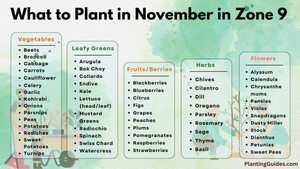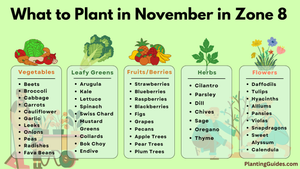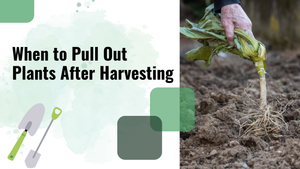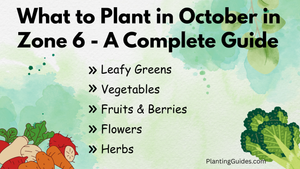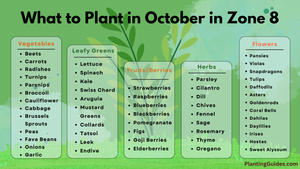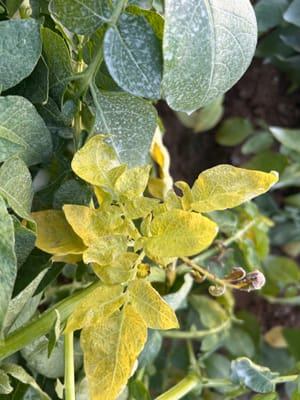Rust on Plants: Identify and Treat This Common Garden Disease
By Faruque Ahamed Mollick | Jul 28, 2025

If you ever find yellow, orange or brown spots or dots on the leaves of your plant in your garden, then most probably those are rust.
Rust is a type of disease that can be found mostly on plant leaves. Rust on plants refers to a group of fungal diseases caused by fungi in the order Pucciniales (formerly Uredinales). These fungi are obligate parasites, which means they can only survive on living plants.
If you are reading this article, then most probably you want to learn how to treat and get rid of those rust fungi in your garden. So I am going to guide you to identify and treat this common disease.

How to Treat Rust Fungi
Now let's see some of the major points to treat rust in your garden:
Watering Guide to Prevent Rust Fungi
Just like many other types of fungus, rust fungi also love wet conditions and flourish there. In order to reduce the chances of rust fungus infection, you have to follow the best practice of watering. I always recommend avoiding overhead watering. You should provide water to the soil. If it's possible, use a drip irrigation system.
Chemical Methods
You should use chemical fungicides in early spring when new growth appears on the plant in your garden or in the fall after leaf drop.
Before using a fungicide, note that the name of your plant or plant family where you want to apply is mentioned on the sticker of the fungicide. Follow all the instructions and warnings mentioned on it properly.
Note that chemical fungicides are generally not effective after the symptoms of rust fungus appear on the plant. You should apply it every 4 to 5 weeks when the temperature and moisture are conducive to the fungus. After the weather becomes warm, rust can not reproduce even though those is present on the plant. At this time, you can stop applying the fungicide.
Using Organic Methods to Deal With Rust
If you prefer using organic methods to protect your plants from rust, there are several options available. Neem oil, a botanical fungicide, is effective on rust. You can also apply a dusting of sulfur 3 to 5 times a month.
Copper Fungicides for Rust Treatment
Copper Fungicides are also effective for some species of rust fungus. I recommend that you contact an expert before using copper fungicide on your plant and be sure that it will work for that specific rust fungus.
Purchase rust-resistant cultivars
If possible, consider purchasing rust-resistant cultivars. Note that not all plants that get rust doesn't have rust-resistant cultivars. But you should always try to get those with resistant to rust. Check the tag on the pot of a plant in the nursery to get the information about this.
Carefully check plants and then buy
Before buying a plant from a nursery, carefully check the leaves, under the leaves, and even the stems, for any spots. If you found spots, don't buy it. Always purchase plants from reputable local nurseries. You should not bring any kind of rust into your home.
Quarantine new plants
It is always a good idea and recommended to quarantine new plants after you bring it to your home for 2 to 3 weeks. Do it even if you don't find any kind of spots. This is because rust can not be visible just after the infection; it needs some time to be visible. If you see any spots in this time period, you can contact the nursery to bring it back.
